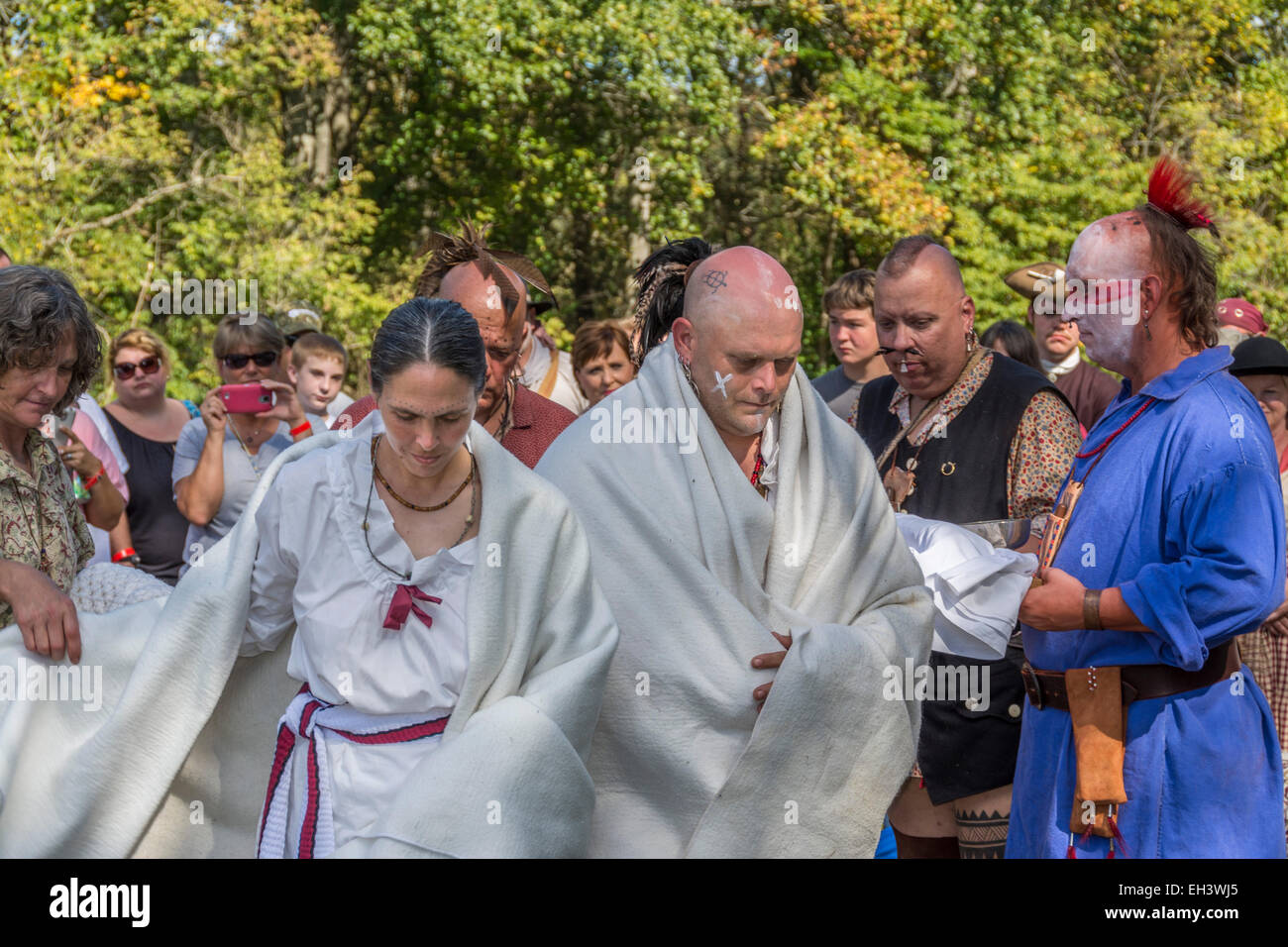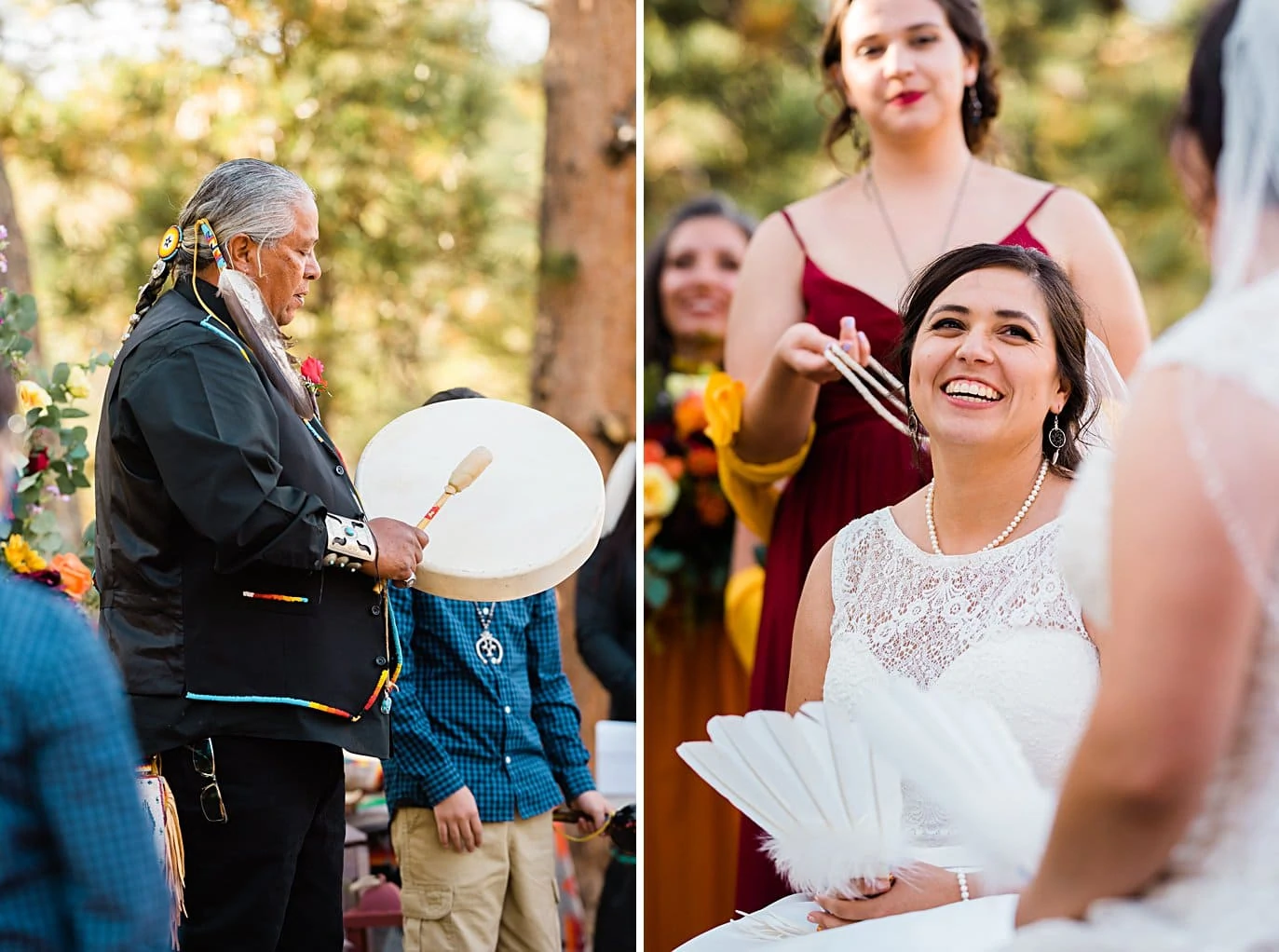
Echoes of Eternity: The Enduring Sacredness of Native American Wedding Ceremonies
In a world increasingly defined by fleeting trends and commercialized celebrations, the enduring beauty of traditional Native American wedding ceremonies offers a profound counter-narrative. Far from the white dresses and tiered cakes of Western nuptials, these unions are deeply rooted in ancient wisdom, woven with the threads of community, land, and spirit. They are not merely events but sacred covenants, reflecting a worldview where marriage is a journey not just for two individuals, but for entire families, clans, and even the cosmos.
To speak of "the" Native American wedding ceremony is, however, to oversimplify a rich and vast tapestry. With over 574 federally recognized tribes in the United States alone, each possesses its own distinct language, customs, spiritual beliefs, and, consequently, its unique approach to marriage. What unites them is not a singular ritual, but a shared reverence for the sacred, a deep connection to the earth, and an understanding of marriage as a fundamental building block of tribal strength and continuity.

A Tapestry of Traditions: Common Threads in Diverse Weavings
Despite the immense diversity, several core principles resonate across many Native cultures when it comes to marriage. The concept of community is paramount; a marriage is rarely just about the couple. It signifies the merging of two families, often two clans, and sometimes even two different tribes. Elders, relatives, and spiritual leaders play crucial roles, guiding the couple, offering blessings, and ensuring the continuity of cultural practices.
Connection to the land and the natural world is another unifying theme. Ceremonies often take place outdoors, incorporating elements like fire, water, earth, and the four cardinal directions. Animals, plants, and celestial bodies hold symbolic significance, representing virtues, responsibilities, or blessings. "Our ceremonies are reflections of the land we live on, the sky above us, and the spirits that have guided our people for generations," explains Sarah Tall Deer, a cultural practitioner from the Cherokee Nation. "Every element has meaning, reminding us that we are part of something much larger than ourselves."
Spirituality underpins every aspect. Marriage is seen as a sacred bond, often blessed by the Creator, ancestors, and various spirits. Rituals like smudging (purification with sacred smoke), pipe ceremonies (offering prayers), and sharing sacred foods are common, invoking blessings and establishing a harmonious path for the couple.
The Navajo (Diné) Wedding: A Journey of Four Sacred Colors
One of the most widely recognized and deeply symbolic ceremonies is that of the Diné (Navajo) people. Traditionally held in a hogan—a sacred, conical dwelling—the ceremony is steeped in the significance of the four sacred directions and their associated colors: East (white), South (blue), West (yellow), and North (black).
The centerpiece of a Diné wedding is often the Wedding Basket (Ts’aa’), a finely woven basket containing white and yellow cornmeal. The couple sits facing East, the direction of the rising sun and new beginnings. The male elder or medicine person will guide them through the ritual of sharing the cornmeal. Each takes a pinch from different parts of the basket—East, South, West, North, and finally the center—eating it to symbolize their commitment to one another and their reliance on the blessings of the earth and the Creator. "The cornmeal isn’t just food; it’s the essence of life, of sustenance, of the blessings from Mother Earth," explains Elder John Running Bear, a revered Navajo spiritual leader. "By sharing it, they promise to nourish each other, their family, and their community, in good times and bad."
Water is also central, symbolizing purity and the flow of life. The couple might drink from a traditional wedding vase, often with two spouts, signifying their separate lives merging into one. Songs and prayers are integral, invoking blessings for fertility, prosperity, and a long, harmonious life together.

The Hopi Wedding: Weaving Lives, Baking Tradition
Among the Hopi people of Arizona, marriage is a process that involves both families extensively, culminating in a beautiful exchange of gifts and a unique culinary tradition. Unlike many cultures where the groom travels to the bride’s home, in a traditional Hopi wedding, the bride journeys to the groom’s village, accompanied by her female relatives.
A significant part of the ceremony involves the preparation and exchange of piki bread. This delicate, wafer-thin bread, made from blue cornmeal, is a staple of Hopi cuisine and plays a symbolic role in the wedding. The women of both families work together, often for days, to prepare vast quantities of piki. This communal effort symbolizes the merging of the two families and their willingness to support the new couple. The exchange of blankets and clothing, woven by both the bride and groom’s families, also holds deep meaning, signifying the comfort and protection they will offer each other throughout their lives. The bride might even be dressed in a special white cotton wedding dress and a large, fringed wedding blanket, both woven by the groom and his male relatives.
"When we make piki together, we are not just making food; we are weaving our families together, strand by strand, just as the cornmeal becomes one with the water," says Lena White Feather, a Hopi matriarch. "It’s a promise of shared labor, shared life, and shared sustenance."
The Cherokee Blanket Ceremony: A Symbol of Unity and Warmth
For the Cherokee Nation, the Blanket Ceremony is a powerful and touching ritual. Traditionally, the couple would be wrapped in two separate blankets, often red for the bride and blue for the groom, symbolizing their individual lives and identities. During the ceremony, an elder or spiritual leader would remove these blankets and then wrap the couple together in a single, larger blanket, often white or patterned with tribal designs.
This act symbolizes their union, the merging of their separate paths into one shared journey. The single blanket represents the warmth, comfort, and protection they will provide for each other throughout their marriage. It signifies their commitment to face life’s challenges together, wrapped in the strength of their bond and the blessings of their community. Sharing a traditional meal, often including corn and venison, further cements the union and the promise of mutual support.
Beyond the Ceremony: A Lifelong Journey
It’s crucial to understand that for many Native cultures, the wedding ceremony is not the culmination, but rather the formal beginning of a lifelong commitment. The preparations often begin long before the actual ceremony, involving family discussions, gift exchanges, and spiritual guidance. The responsibilities of marriage extend far beyond the couple to their extended families and the entire community.
Elders and spiritual leaders play a continuous role, offering wisdom and support as the couple navigates the complexities of married life. The success of a marriage is often measured not just by the couple’s happiness, but by their contributions to the well-being of their family and tribe.
Resilience and Revival: Reclaiming Sacred Paths
For centuries, Native American cultures, including their sacred marriage traditions, faced immense pressure from colonial policies aimed at assimilation. Boarding schools, forced relocation, and the suppression of languages and spiritual practices led to the disruption and, in some cases, near loss of these profound ceremonies.
However, in recent decades, there has been a powerful movement of cultural revitalization. Native communities are actively reclaiming their traditions, languages, and ceremonies, often adapting them to contemporary contexts while preserving their core spiritual essence. Young Native Americans, proud of their heritage, are choosing traditional weddings, sometimes blending them with elements of Western ceremonies, to honor their ancestors and create a meaningful foundation for their future.
"Our ceremonies were nearly lost, but we are bringing them back, strong and vibrant, for our children and our grandchildren," shares a young Lakota bride, who recently had a traditional pipe ceremony for her wedding. "It’s about reclaiming our identity, our spirituality, and showing the world the beauty and power of our ways."
This revival is not just about nostalgia; it’s about strengthening cultural identity, fostering community resilience, and passing on invaluable wisdom to future generations. For many, choosing a traditional wedding is a profound act of self-determination and cultural pride.
Understanding and Respect: A Call to Acknowledge
As interest in Native American cultures grows, it’s vital to approach these sacred ceremonies with deep respect and understanding. These are not exotic performances but living, breathing traditions born from millennia of spiritual practice and cultural development. Appreciation should never tip into appropriation. True respect involves acknowledging the historical context, understanding the profound meaning behind each ritual, and recognizing the sovereignty and distinctiveness of each Native Nation.
The enduring sacredness of Native American wedding ceremonies offers a powerful lesson for all. They remind us that marriage can be more than a legal contract or a social event; it can be a deeply spiritual journey, a covenant with community, and a harmonious dance with the rhythms of the earth and the universe. In their echoes, we hear the timeless wisdom of resilience, connection, and the eternal power of love.


